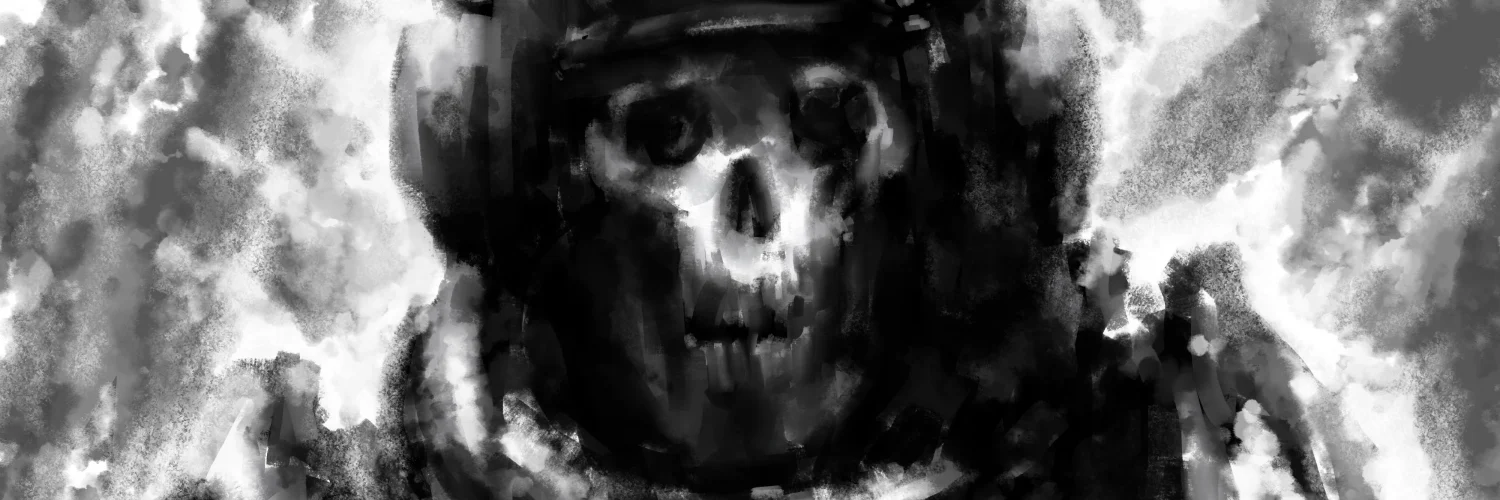How NASA might protect tomorrow’s astronauts from deep space radiation
There are a million and one ways to die in space, whether it’s from micrometeoroid impacts shredding your ship or solar flares frying its electronics, drowning in your own sweat during a spacewalk or having a cracked coworker push you out an airlock. And right at the top of the list is death by radiation.
在太空中有无数种死亡方式,无论是微流星体撞击撕裂你的飞船,还是太阳耀斑炸炸飞船的电子设备,在太空行走中淹死在自己的汗水中,还是让一个破裂的同事把你推出气闸。最要命的还是辐射致死。
Those same energetic emissions from our local star that give you a tan can scour the atmosphere from a planet if it doesn’t enjoy the protection of an ozone layer. While today’s low Earth orbit crew and cargo capsules may not come equipped with miniature magnetospheres of their own, tomorrow’s might — or maybe we’ll just protect humanity’s first deep space explorers from interstellar radiation by ensconcing them safely in their own poop.
如果行星不受臭氧层的保护,我们当地恒星释放的能量会让你晒成棕褐色,这会冲刷行星的大气层。虽然今天的近地轨道机组人员和货舱可能没有配备自己的微型磁气圈,但明天可能会——或者也许我们只是将人类的第一批深空探险者安全地安置在自己的船尾,以保护他们免受星际辐射。
Types of Radiation and what to do about them
辐射的类型和应对措施
Like strokes and folks, there are different types and sources of radiation both terrestrial and in space. Non-ionizing radiation, meaning the atom doesn’t have enough energy to fully remove an electron from its orbit, can be found in microwaves, light bulbs, and Solar Energetic Particles (SEP) like visible and ultraviolet light. While these forms of radiation can damage materials and biological systems, their effects can typically be blocked (hence sunscreen and microwaves that don’t irradiate entire kitchens) or screened by the Ozone layer or Earth’s magnetosphere.
与中风和其他疾病一样,地球和太空中也有不同类型和来源的辐射。非电离辐射意味着原子没有足够的能量将电子从其轨道上完全移除,可以在微波、灯泡和太阳高能粒子(SEP)中找到,如可见光和紫外线。虽然这些形式的辐射会损坏材料和生物系统,但它们的影响通常会被阻断(因此阳光和微波不会照射整个厨房),或被臭氧层或地球磁层屏蔽。
Read more at Engadget.com
更多信息请移步Engadget.com











